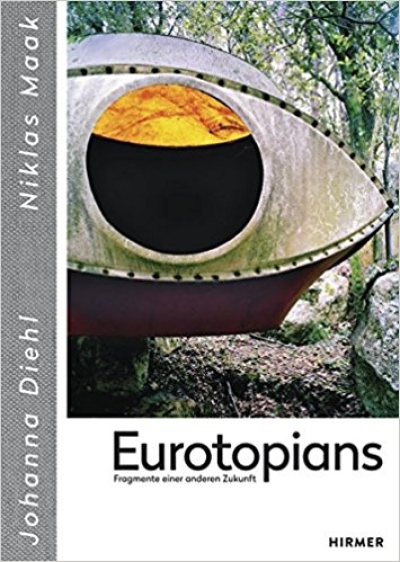
Eurotopians. Fragmente einer anderen Zukunft
Wie wollen wir leben? Wie werden wir bauen? Wo finden wir Ideen für die Häuser und Städte der Zukunft? Diesen brandaktuellen Fragen widmen sich Niklas Maak und Johanna Diehl in ihrem Gemeinschaftsprojekt »Eurotopians«. In Zeiten des Umbruchs wirft der Band den Blick zurück auf das Werk europäischer Utopiker, um Visionen für die Gegenwart zu finden.
Beschreibung
In den 1960er- und 70er-Jahren entstanden in Europa visionäre Architekturen, die die gängigen Vorstellungen vom Wohnen grundsätzlich infrage stellten. Viele dieser Gebäude sind verfallen, die Architekten vergessen – obwohl sie noch dort leben. Maak hat sie besucht und eine »Archäologie des Utopischen« entworfen, die zeigt, dass in den Ruinen entscheidende Ideen für die Welt von morgen zu finden sind. Johanna Diehl hat dort beeindruckende Fotografien von großer Eindringlichkeit geschaffen. In den Ruinen der utopischen Moderne entdeckt sie Bilder von revolutionären Lebensvorstellungen, die überraschend aktuell wirken.
Eurotopians. Fragments of a Different Future
How do we want to live? How shall we build? Where can we find ideas for the houses and cities of the future? Niklas Maak and Johanna Diehl focus their attention on these highly topical questions in their joint project “Eurotopians”. In times of change this volume casts its backward gaze on the work of European utopians in order to find visions for the present.
During the 1960s and 1970s visionary architecture was created in Europe which raised fundamental questions about our current ideas of how we should live. Many of these buildings are in ruins and their architects forgotten – although they still live there. Maak visited them and created an “archaeology of the utopian”, which shows that important ideas for the world of tomorrow can be found in the ruins. Johanna Diehl has taken impressive photographs of great intensity. In the ruins of these utopias of the modern age she discovered pictures of revolutionary approaches to life which seem surprisingly topical.
ISBN engl. 978-3-7774-2947-2

































































































